How to make reading newspapers fashionable again and attract a young audience to print media was discussed today at the round table "Evolution of Print Media: From Tradition to Innovation", organized by the Ministry of Digital Development, Communications and Mass Media and the Union of Journalists of the PMR at the editorial office of the Pridnestrovie newspaper. The leadership of the relevant ministry and representatives of the scientific community, Deputy Chairman of the Parliamentary Committee on Education, Public Associations and Mass Media Andrei Safonov took part in the discussion along with journalists.
Newspapers have been the main supplier of current news for several centuries. They were read at breakfast, in transport, at work and even on the street. However, today print media is increasingly less often chosen as a source of information. The vast majority of people today prefer to learn the latest news via the Internet or television. Periodicals have long been among the laggards in the race for an audience.
The number of print media in the United States has decreased by 60%over the past few decades. This figure has reached 40% in Russia. The total number of print editions in the world has decreased by 63%. Newspapers are faced with a serious task today – to rethink their role in the global information space without losing their uniqueness and high level of trust among readers.
What about Pridnestrovie? The history of the formation of the Pridnestrovian print media is closely linked to the history of the formation of our republic. On August 24, 1989, the first issue of "Striking Tiraspol" was published. At that time, it was an information bulletin of the United Council of Labor Collectives with a circulation of 3 thousand copies, calling on workers of Tiraspol and other settlements of the future Pridnestrovie to start the first political strike in the USSR. Other publications supporting the strikers appeared afterwards – “Izvestia Rabochego Komiteta”, “Rybnitsky Vestnik”, “Novoye Vremya”, “Zarya Pridnestrovia”.
Residents of Pridnestrovie were in dire need of their own, local newspapers, radio and television in order to receive information, publicly discuss the decisions proposed by the leadership, and jointly make plans for the future from the moment of the proclamation of the republic. First of all, it was necessary to establish a republic-wide printed organ. The Resolution of the II Congress of Deputies of All Levels legalized: “The Dnestrovskaya Pravda newspaper” shall be established as the printed organ of the Provisional Supreme Council of the PMSSR and the Tiraspol City Council of People's Deputies.
Three decades later, Pridnestrovian printed media continue their work, informing residents of the republic about the work of government bodies, economic, social and cultural life of Pridnestrovie. However, according to the research conducted by the research laboratory "Perspektiva", today in Pridnestrovie the leading channels for obtaining information are online sources. These are telephone messengers, social networks, news sites and video hosting sites. At the same time, traditional media – television, radio and newspapers – are losing ground. These are the sad statistics.
As the editors-in-chief of Pridnestrovian newspapers admit, the Pridnestrovian periodical press experienced a kind of renaissance during the active energy crisis, when rolling blackouts took place throughout the republic.
The main audience of newspapers is people over 45 years old. Attracting young readers to the printed media is one of the urgent tasks today. The participants of the round table noted that it is necessary to cultivate a culture of reading newspapers among Pridnestrovians in order to make print media trendy.
Pridnestrovian newspapers are actively adapting to the rapidly changing realities of the 21st century, striving to use all possible media channels, and looking for new formats for presenting information today. All print media have official websites, channels in messengers, and pages in social networks.
However, a competent advertising campaign is needed to promote newspapers to the masses according to the participants of the discussion. In particular, cooperation with Pridnestrovian opinion leaders with wide audience coverage in social networks. Proposals were also made to improve the mechanism for registering subscriptions to periodicals and adapting news to specific social networks and messengers for a more effective representation of traditional newspaper information.
The photos by "The Pridnestrovie" newspaper
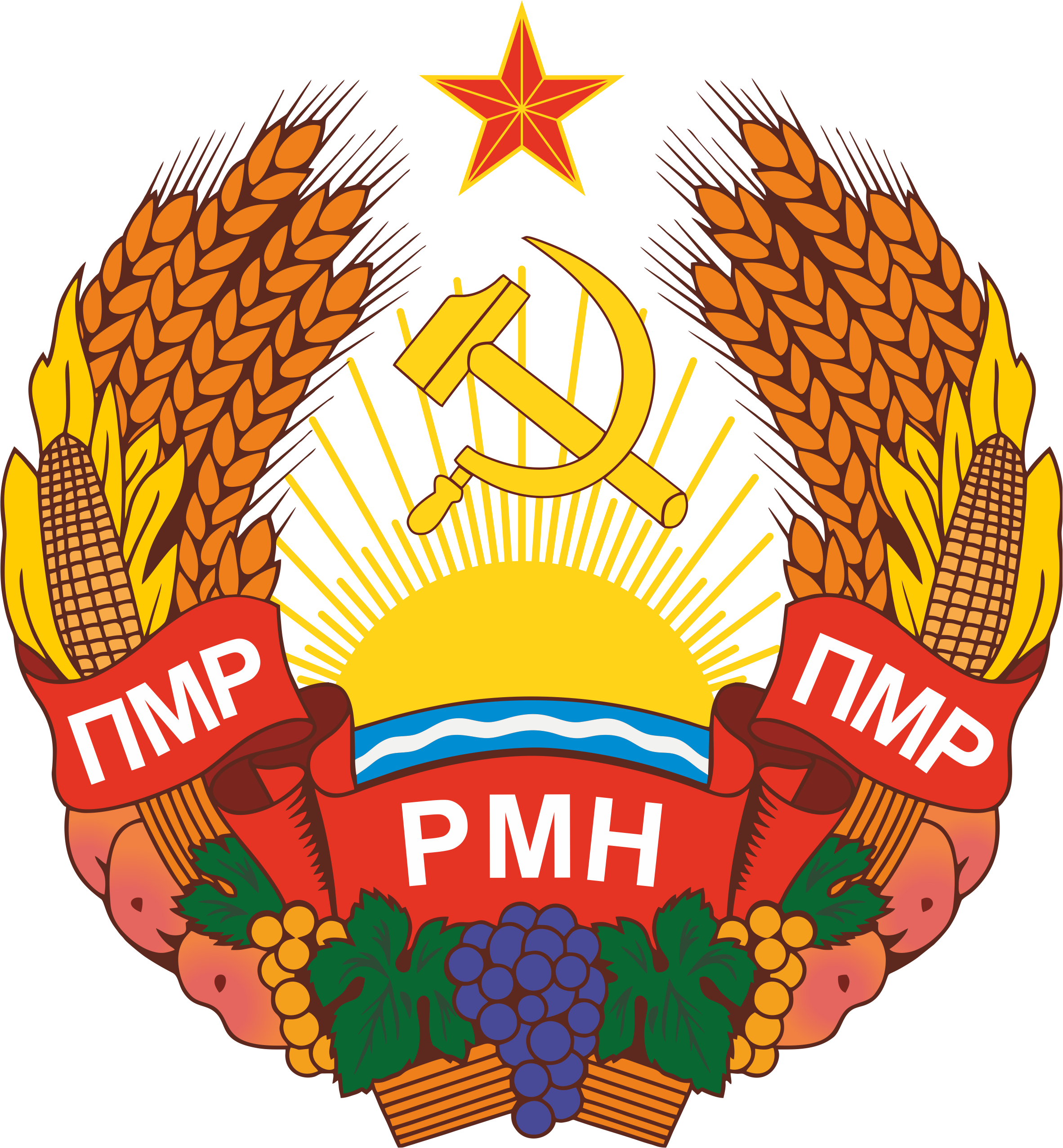

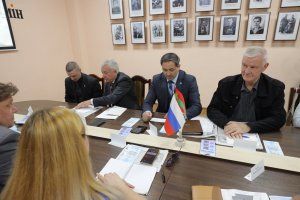
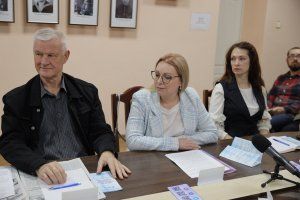
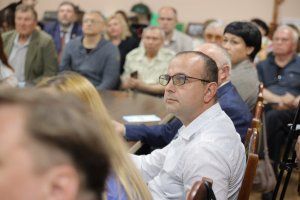
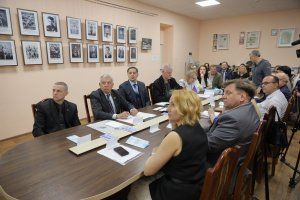

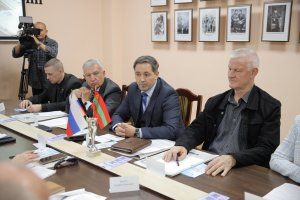
 Законы ПМР
Законы ПМР Постановления
Постановления Законопроекты
Законопроекты Анонс мероприятий
Анонс мероприятий 0 (533) 6-24-24
0 (533) 6-24-24